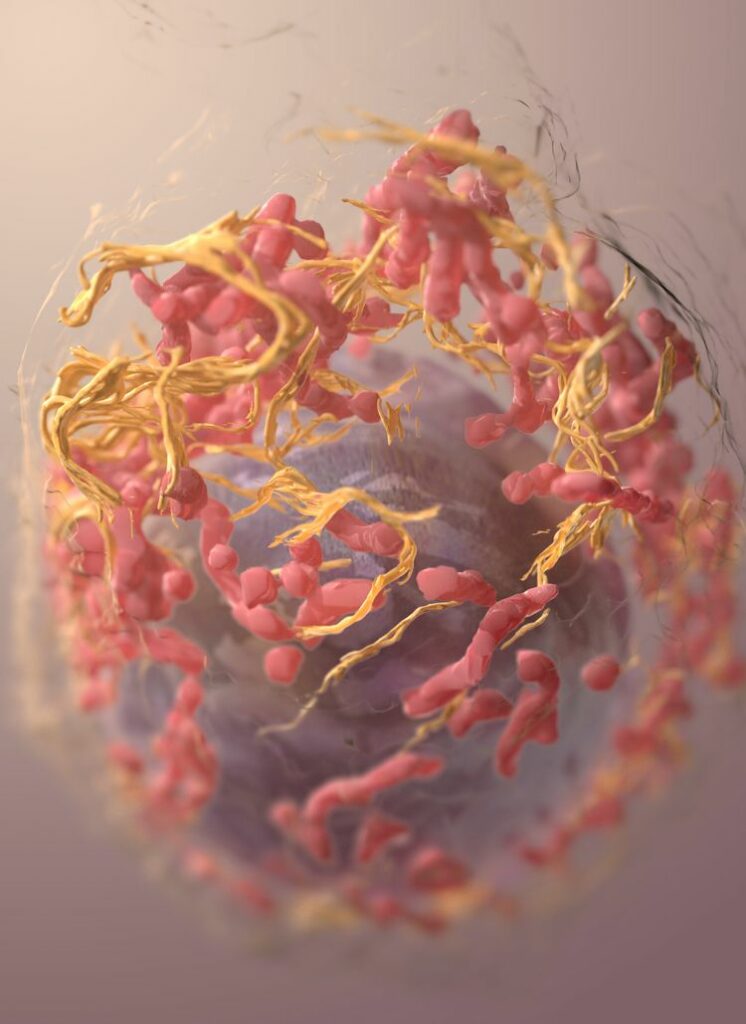Melanoma is skin cancer and melanocytes, which are skin cells, are where it all begins. It’s a form of skin cancer that is less prevalent than other skin cancers, but it is more likely to develop and spread. Knowing what to expect if you have melanoma or are close to someone who does might help you manage it.
Melanoma is more frequent in males than in women and it is more common in those with a fair complexion. Its risk is influenced by unusual moles, long-term exposure to natural or artificial sunlight (such as tanning beds) and medical history.
The skin condition can also develop in thin mucous membranes and moist layers of tissue that cover surfaces like the lips or the eye. This type is known as ocular or uveal melanoma. If you think you may need melanoma treatment in NJ, here are the indicators you need to know about.
Signs of Melanoma
Unusual moles, sores, lumps, blemishes, marks or changes in the appearance or feel of a skin region could be a sign of melanoma or another kind of skin cancer or a warning that it could arise.
Any new skin lesion or changes in size, shape, or color is the most critical melanoma warning sign. Another reference to the common indications of melanoma is the ABCDE rule. Keep an eye out for spots that show any of the following characteristics and report them to your doctor:
- A stands for Asymmetry when one half of a mole or birthmark does not match the other.
- B stands for the Border, with uneven, ragged, notched or fuzzy margins.
- C for Color – The color is not uniform throughout and may contain various shades of brown or black and pink, red, white or blue patches.
- D for Diameter – The spot is greater than 6 millimeters in diameter (approximately 14 inches – the size of a pencil eraser). However, melanomas can be smaller.
- E is for Evolving – The mole’s size, shape, or color is evolving.
Consult a dermatologist right away if you observe these symptoms on your skin or anything unusual or new about your skin.

Treatment for Melanoma
The optimal melanoma therapy is determined by the size and stage of the tumor and your general health and personal preferences. Early-stage melanomas are generally treated with surgery to remove the melanoma.
A very thin melanoma may be eradicated during the biopsy and no additional treatment is required. Otherwise, your surgeon will remove the malignancy and a layer of tissue beneath the skin and a border of normal skin. This may be the sole therapy option for those with early-stage melanomas. Treatment options for melanoma that has gone beyond the skin include:
Surgery to Remove Impacted Lymph Nodes
Your surgeon may remove the afflicted lymph nodes if the melanoma has spread to adjacent lymph nodes. Additional therapies may be prescribed during or after the surgery.
Immunotherapy
An immunotherapy medicine boosts your immune system’s ability to deal with cancer. Because cancer cells develop proteins that help them hide from immune system cells, your body’s disease-fighting immune system may not target cancer. An immunotherapy treatment interferes with the natural functions of the immune system.
Immunotherapy is frequently recommended after surgery for melanoma that has spread to lymph nodes or other body parts. When surgery cannot entirely eradicate melanoma, immunotherapy medications may be injected directly into the melanoma.
Patient-Specific Therapy
Targeted medication therapies concentrate on particular flaws seen in cancer cells. Cancer cells can be killed by tailored medication therapies that target these flaws. It may be possible to test cells from your melanoma to assess if targeted therapy is likely to be successful against your malignancy.
Targeted therapy may be indicated if your melanoma has migrated to your lymph nodes or other body parts.
Cancer treatment using radiation involves using high-energy rays to destroy cancer cells. This treatment employs high-powered energy beams such as X-rays and protons. If the melanoma has progressed to the lymph nodes, radiation treatment may be used.
Melanomas that cannot be entirely eradicated with surgery can also be treated with radiation treatment. Radiation therapy can help reduce symptoms of melanoma that have spread to other parts of the body.
Chemotherapy
The treatment of cancer with chemotherapy relies on chemicals to destroy cancer cells. Chemotherapy can be administered intravenously, in tablet form or both to ensure that it reaches every part of your body.
Chemotherapy can also be administered through a vein in your arm or leg, known as isolated limb perfusion. During this operation, blood in your arm or leg is restricted from traveling to other regions of your body for a brief period so that chemotherapy medications may be delivered directly to the melanoma and not to other parts of your body.
We are professionals in treating skin diseases and provide dermatological, surgical and cosmetic treatments at the Skin Cancer and Surgery Center of NJ. We take satisfaction in treating and curing patients with the most effective dermatological treatments that are tailored to their specific lifestyle requirements.

